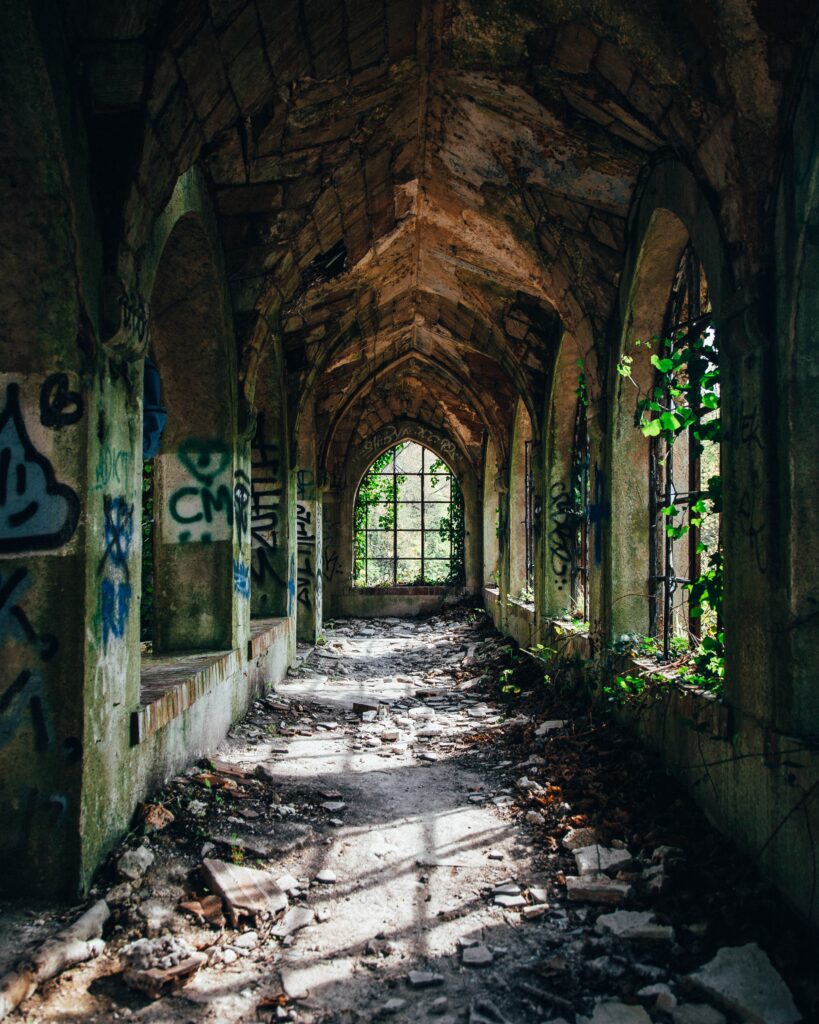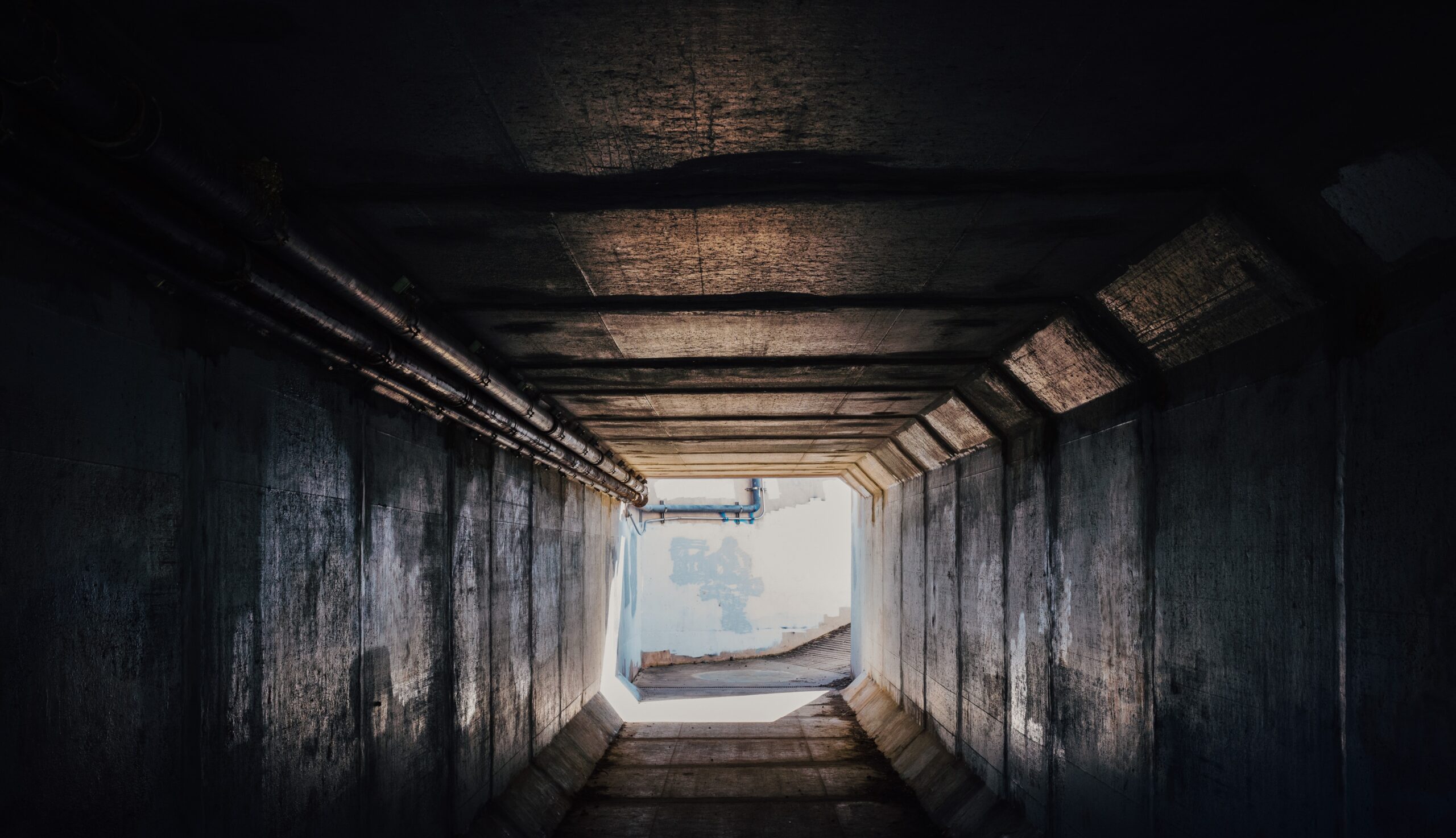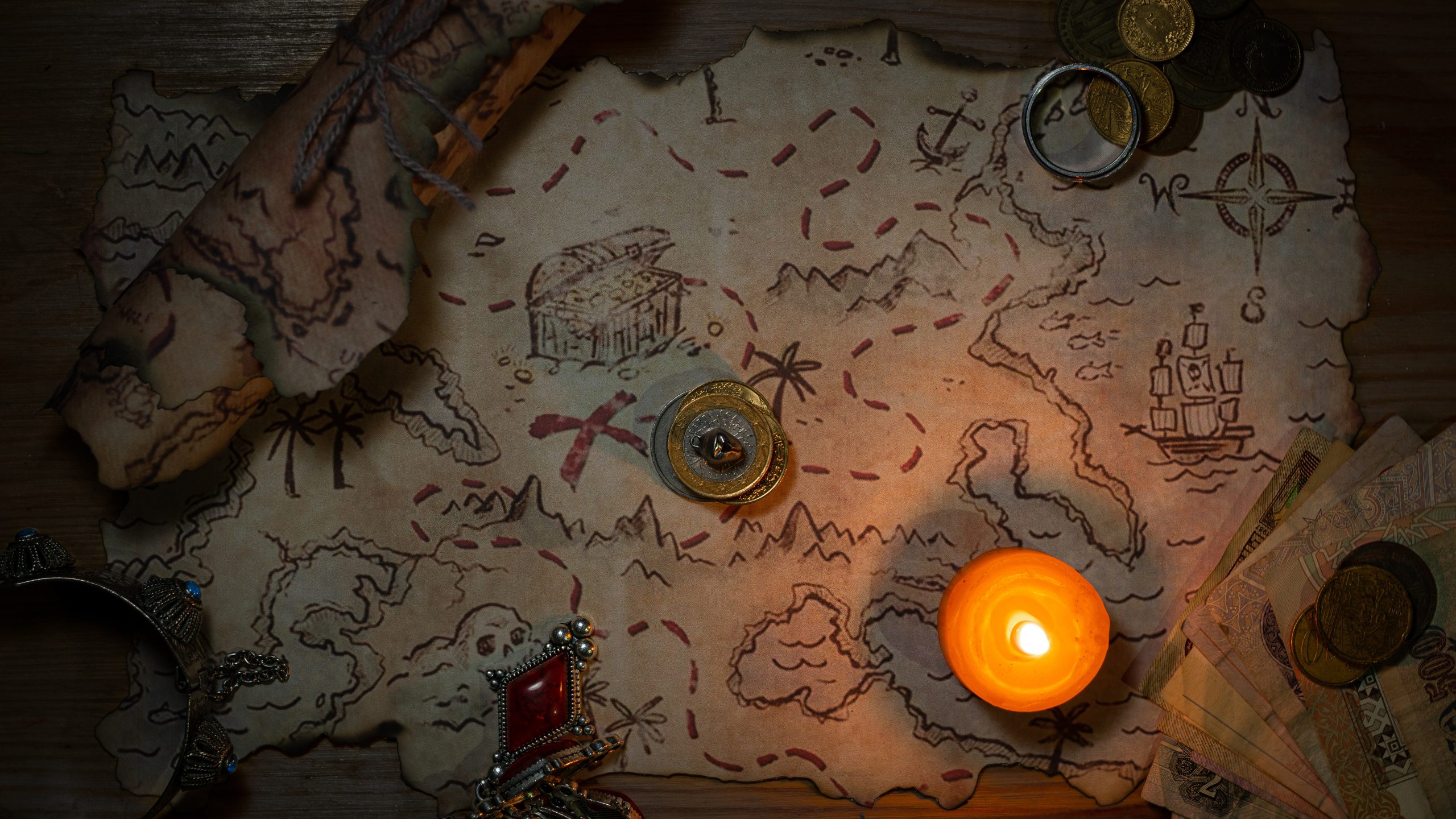Government-backed experimentation on unwilling participants is not limited to the US’s MKUltra. Recently, near the city of Anda, China, archaeologists discovered a World War II-era bunker that was used by Japanese scientists to conduct depraved experiments on humans.
What Is the So-Called “Horror Bunker”?
WWII ‘horror bunker’ where Japanese experimented on humans uncovered in China https://t.co/maFogyq76t
— South China Morning Post (@SCMPNews) May 25, 2023
Built in 1941—during Japan’s occupation of China—this bunker was used by the Japanese army’s Unit 731, a biological warfare unit whose primary goal was to weaponize disease. Its experiments used Chinese, Korean, Soviet, and American prisoners as subjects.
Up to 12,000 people were killed by Unit 731’s experiments, which often included dehydration and the injection of animal blood. Some were even kept in low-pressure chambers until their eyeballs burst.
Because it was only recently discovered, archaeologists are not yet sure what each room in the “horror bunker” was used for, though they have identified what they believe to be laboratories, dissection rooms, holding cells, bath houses, and dining areas.
The Aftermath of Unit 731

Unlike the Nazis—whose sick experimentations on people are universally lambasted—Unit 731 escaped any repercussions for their crimes against humanity. This is because the US government protected them from prosecution after the war.
According to government documents obtained by Cal State Northridge professor Sheldon Harris via the Freedom of Information Act, the US government provided protection of Unit 731 from prosecution as war criminals. In return, the Japanese government provided them with the data collected from the Unit 731 experiments.
Norman M. Covert, a US Army spokesman had the following to say: “The fact is, we made a joint decision not to prosecute… The driving point was to retain the information within friendly channels. That’s why we did it, to keep the information out of the hands of the Soviets.”
Canada’s Use of Depraved Human Experimentation
The Indigenous children who died at Canada’s residential schools – podcast https://t.co/GvbCX7ef1D
— The Guardian (@guardian) July 9, 2021
Unethical human experimentation has not been practiced solely by the Germans and Japanese.
Despite it being stereotyped as a “friendly” country, the Canadian government has an extensive history of unethical experimentation on indigenous people.
From the 1930s to 1950s, the Canadian government used indigenous schoolchildren as control subjects in experiments involving new drugs.
Recently, a subject of one of these experiments has filed a lawsuit against the Canadian government for committing these heinous acts. Now 77 years old, John Pambrum spent six years of his childhood in indigenous hospitals, missing out on a quality education and being experimented on to the point at which part of his right lung had to be removed.
Tony Merchant of Merchant Law Group, who filed the lawsuit, said, “We’re in a time of patching our relationship with indigenous people. So to go back and recognise that there was wrong and pay compensation, I think, is important.”








